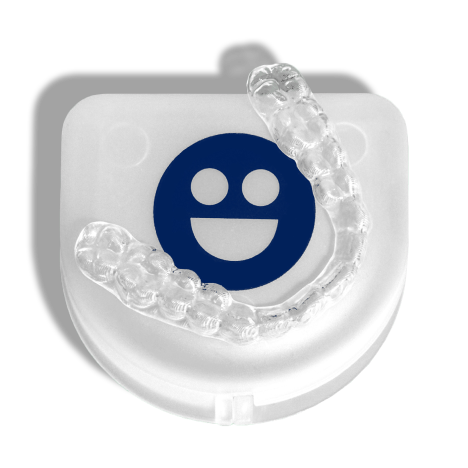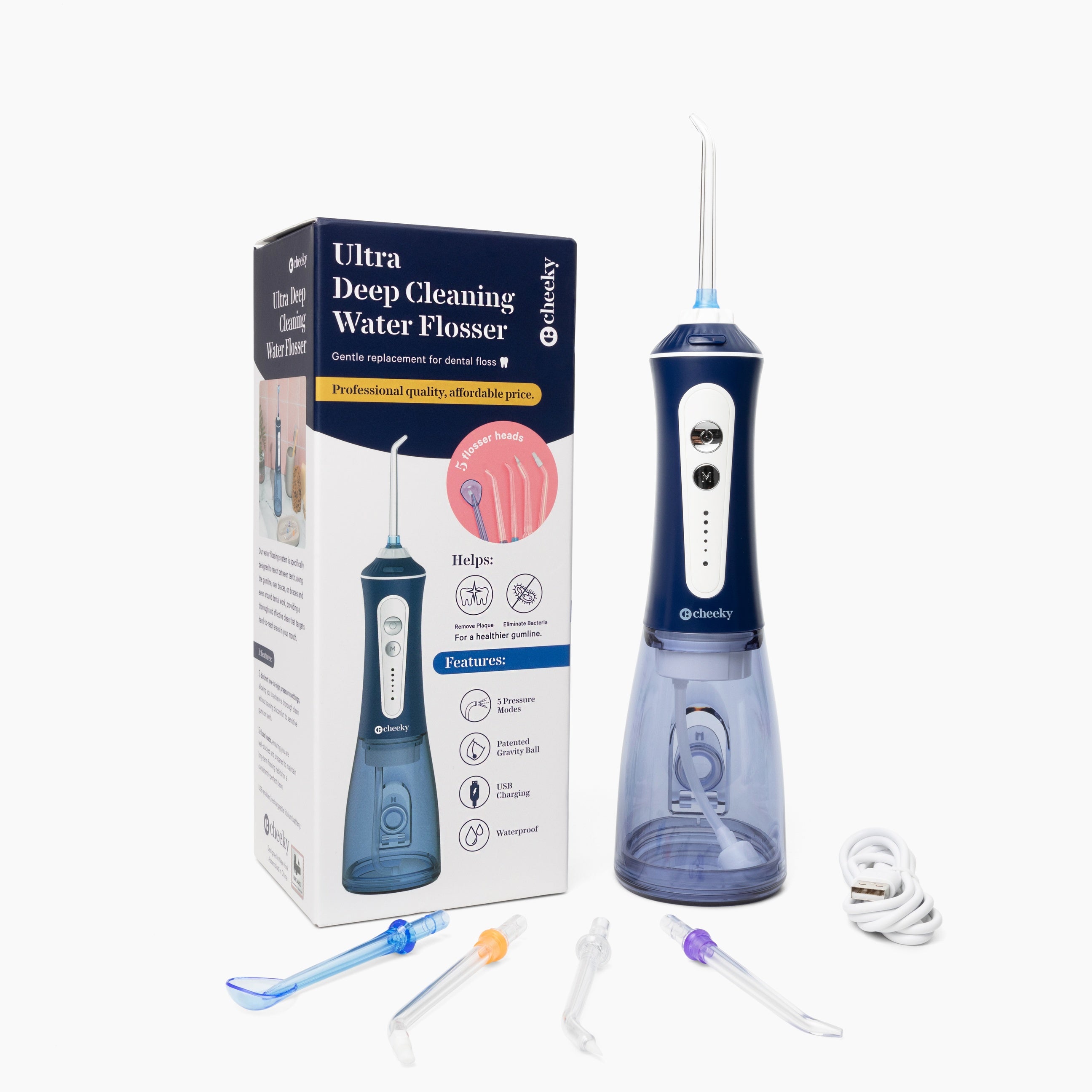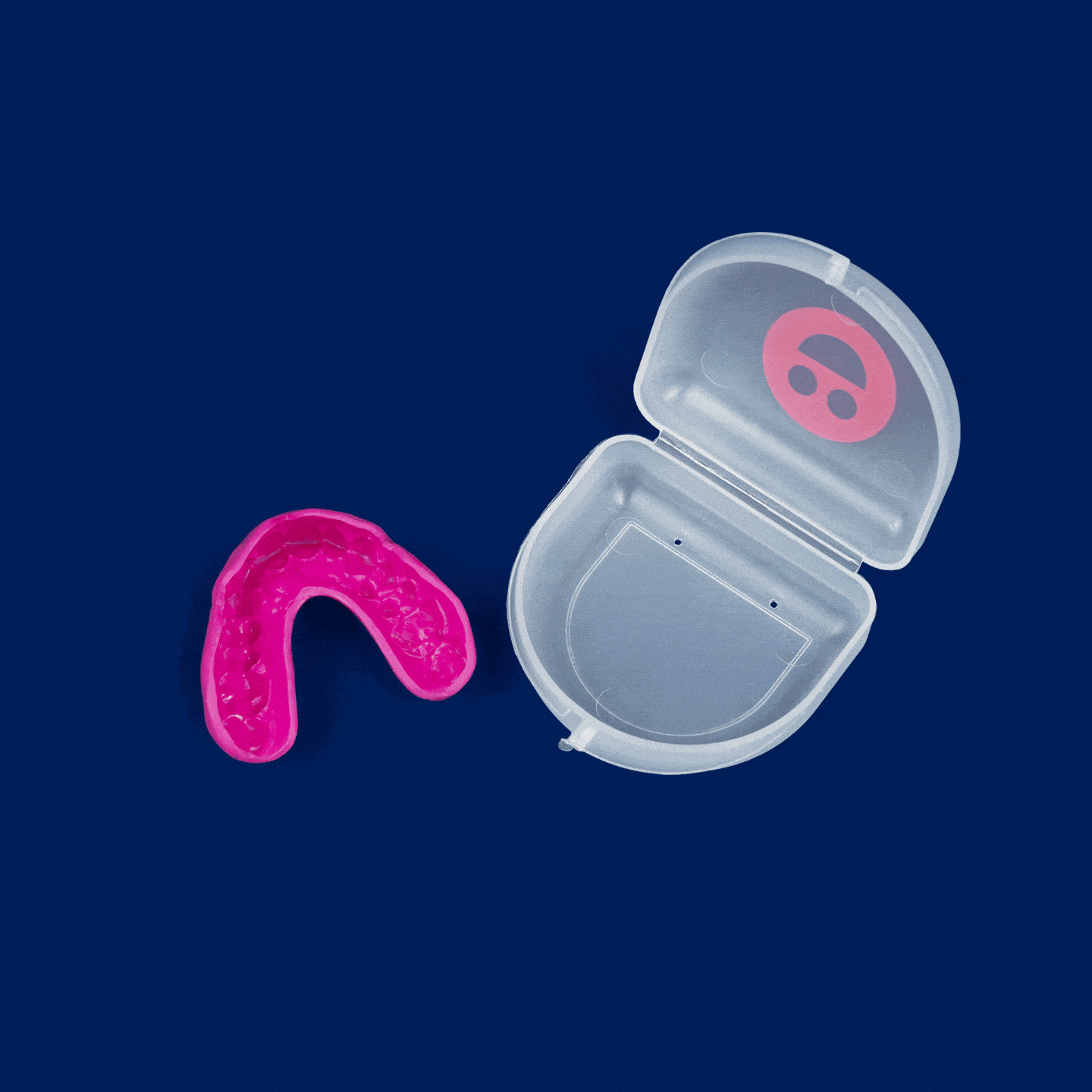It is important to brush your teeth properly to maintain a good oral hygiene. Brushing your teeth removes bacteria from your teeth and gums and gets rid of the plaque – a sticky film of food debris, bacteria, and saliva. If plaque is not removed, it can harden and turn into yellow or brown deposit known as tartar, which can only be removed by a dentist or dental hygienist. Bacteria in plaque and tartar can cause gum disease, tooth decay, and bad breath.
Brushing your teeth is one of the most crucial but easy-to-forget parts of anyone’s daily routine. Experts say that poor dental hygiene is a significant risk factor not only for tooth decay, gingivitis, bad breath, and other nastiness, but also for health problems like diabetes and heart disease.
So, even though you don’t have to convince us you brushed your teeth like you had to convince your mother years ago, you might benefit from a minty refresher course on brushing your teeth. So, let’s get started with Brushing 101!
STEP 1: Live a tooth-friendly lifestyle
To maintain good oral hygiene, you’ll need to prepare your oral hygiene kit before even picking up the toothbrush. Here are a few things you can do before setting the bristles to the old pearly whites:
- Avoid sugary, acidic drinks. Who doesn’t love a nice refreshing soda? Your teeth. The citric acid and other chemicals in soda can help to wear down the calcium-filled enamel of your teeth. Not only that, but the sugar in soda creates an environment where acid-producing bacteria thrive on your teeth.
- Maintain a healthy diet. Just the same as soda, sugary sweets can create an environment in your mouth that feeds bacteria that create acids and plaque. Do eat foods high in vitamins and minerals to support healthy teeth and health in general.
- Maintain a healthy lifestyle: Not only can sweets and soda hurt your teeth, but other choices can cause harm to your teeth as well. If you use tobacco products, it’s a good idea to quit anyway, but you should also know that in addition to yellowing your teeth, tobacco use can lead to all sorts of oral health problems including tooth decay, gum disease, and even mouth cancer.
Step 2: Find the right toothbrush and toothpaste for you
- You can use a regular old-fashioned toothbrush if you like or if cost is important to your choice. It is a good idea to look for toothbrushes with bristles that can get deep between your teeth.
- If you choose an electric toothbrush, keep in mind the same things as above: you want to make sure the bristles can clean all surfaces of your teeth, even between them.
- Your choice of toothpaste is just as important as which toothbrush you choose. Make sure to find a toothbrush with fluoride to strengthen tooth enamel. Experts suggest using toothpaste with a fluoride concentration of at least 1,350 parts per million (ppm) if you’re an adult. For children aged six and older, use a higher concentration of 1350-1550ppm, and for six and under, a lower concentration of 1,000ppm.
- Don’t forget to pick up floss and mouthwash. Many people prefer single-use floss picks over loose floss. Be aware that most floss picks are plastic, so if plastic waste concerns you, keep that in mind. Be sure to pick out a mouthwash that contains fluoride as well.
Step 3: Before you brush
- Wait a while after eating to brush your teeth. Many will tell you to brush immediately after a meal but eating weakens your enamel naturally. So, if you wait an hour after eating, your enamel will be stronger and less likely to be damaged by brushing. If you're going to be busy an hour after eating, brush before your meal. Just watch out for orange juice if you do.
- Floss before brushing. You may still have food particles between your teeth even if you don’t realize it. Flossing is an effective way to get rid of those food particles as well as prevent the buildup of plaque. Try to avoid using toothpicks, as this can harm your gums.
- Make sure your toothbrush is clean. Rinse off your toothbrush, and of course, if it’s too dirty, damaged, or worn out, dispose of it and get a new toothbrush.
Step 4: Good Brushing habits
- Use an appropriate amount of toothpaste. Use your common sense to determine how much toothpaste to squeeze out onto your toothbrush. If you use too little, you won’t be able to cover all the surfaces of your teeth. Too much, and you’ll end up wasting toothpaste by spitting unused toothpaste down the drain.
- Take your time. Brushing your teeth should take 2 minutes or longer. Some dentists say to put on your favorite song while you brush - many popular songs are in the range of 3 minutes, which should be enough to polish those pearly whites.
- Be thorough. Cover all the surfaces of your teeth. Spend some time not only on the front of your teeth, but the chewing surfaces, and the back of your teeth; also, try to get the bristles in between your teeth for full coverage.
- Technique matters. If you’re using a manual brush, don’t just go back and forth. Use a small, circular pattern, and it’s okay and even encouraged to include your gums, especially where the gums and teeth meet. That’s where a lot of germs hide - you want to get all areas clean. The same goes for electric toothbrushes, but instead of a small, circular motion, let the brush do much of the work, and slowly and deliberately get to all the places described above.
- Make sure to spit out all the toothpaste. It’s not recommended to rinse your mouth with water right away, as it will wash away the fluoride you just spent several minutes applying to your teeth. You don’t want all that work to go to waste.
Step 5: After you brush
- Brush or scrape your tongue. Your tongue is a major contributor to the factors that can lead to bad breath. You can use a tongue scraper or your toothbrush to get rid of some of the germs that hang out on your tongue after you brush.
- Rinse your mouth with the mouthwash you got in Step 2. Take your time with this as well; many mouthwash brands advise rinsing for 30 seconds before spitting.
- Do it again later. Make sure that you brush your teeth two or three times a day, and don’t forget to keep doing it every day to promote good oral hygiene.
If you follow these instructions, you'll improve your chances of maintaining good oral hygiene, which contributes to good health in general. Good oral hygiene can be a healthy boost to your confidence, and of course, your bright and charming smile.











